Preparing seedlings for your own environmentally friendly and rich harvest requires space and favorable conditions. Clever nursery-composter will solve the problem of space deficit on the windowsills and loggias. The design allows not only to obtain powerful and hardened seedlings, but also to solve the issue of recycling organic waste on the site.
Content
What is a nursery compost
The device is a mini-greenhouse mounted on a compost box. Due to the overheating of organics that occurs in the box, natural heat is produced. A layer of fertile soil is poured over the top compost, which is heated from below. Soil rich in nutrients, comfortable temperature of air and soil, sunlight create optimal conditions for growing plants.
The design can be made with your own hands from any available materials. The top of the nursery is collected from a frame sewn with polyethylene or cellular carbonate. The lower part - the box can be constructed from:
- boards;
- sheet iron;
- slate;
- plywood or chipboard;
- polymer plastics.
The lower segment serves as a drive for organics, is a skeleton, which is sewn up with the listed materials. It is important to create a stable and reliable design for compost fertilizer, since it will have to experience a load in the form of pressure on the walls of organic matter, as well as withstand the load of the greenhouse nursery.
Material requirements
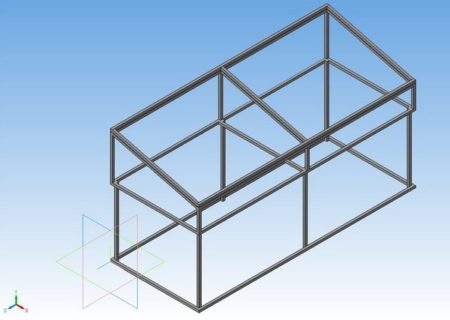 For the manufacture of the lower part of the composer, the main requirements for materials and components are their strength and resistance to corrosion. The nursery from above should be:
For the manufacture of the lower part of the composer, the main requirements for materials and components are their strength and resistance to corrosion. The nursery from above should be:
- tight;
- light
- with good light transmission;
- convenient to maintain.
For the convenience of growing seedlings with your own hands, automatic irrigation systems and airing.
Construction dimensions
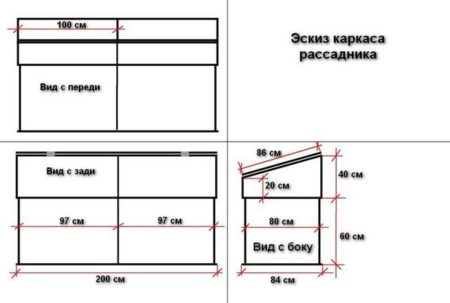 For the construction of compost nursery, you can assemble a design of any size. Consider the following factors:
For the construction of compost nursery, you can assemble a design of any size. Consider the following factors:
- you should not build a compost box above 70-100 cm. The high location of the planted plants creates an inconvenience to care for;
- the compost box should not be lower than 50 cm. The higher the seedlings will be from the surface of the earth, the more favorable the conditions;
- It is not recommended to build a nursery of a large area. Massive nursery is difficult to maintain. Better build 2 or 3 small structures.
The top of the compost nursery can be divided into compartments that can be opened in isolation from each other. This will allow to plant different varieties of crops and create optimal conditions for each species. For example, you can densely plant one of the branches with beets and cabbage, the other with tomatoes, which need space and sunlight, and the third with cucumbers that prefer high humidity.
Advantages and disadvantages of construction
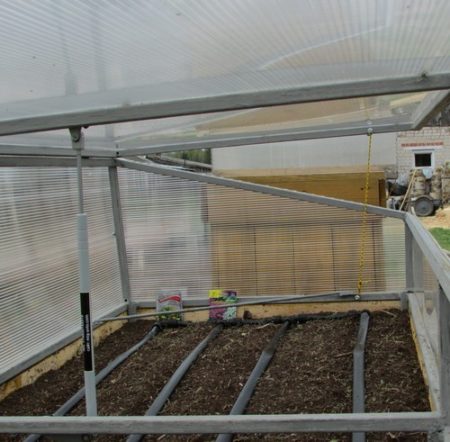 Composter with a nursery is a convenient design that is installed on a personal plot. Its advantages are:
Composter with a nursery is a convenient design that is installed on a personal plot. Its advantages are:
- the possibility of early planting seedlings.In the southern regions and the Central zone of the Russian Federation, you can start sowing in early March. In the European North, Far East, Siberia and the Urals - in early April;
- compactness. The size of one nursery does not exceed the size of an ordinary bed. In this case, you can grow seedlings in one design for the entire garden;
- efficiency. The greenhouse effect and a sufficient amount of sunlight create favorable conditions for the rapid growth of plants. In one nursery, you will grow seedlings much faster than on the windowsills of the house;
- organic disposal. You will not only clean your site of tops, old foliage, mowed grass, peel and debris from the dining table, but also get a valuable, comprehensive, environmentally friendly fertilizer for beds;
- convenience in caring for plants. For each culture, you can create optimal conditions for growth if you make a nursery with compartments;
- availability. You can assemble the structure from any available materials or buy them inexpensively in the store;
- ease of assembly. For the construction of the building you do not need special carpentry skills. You only need to build a reliable frame for the top and bottom and sew it with suitable materials;
- individual sizes. You decide what size the nursery should be in accordance with your needs;
- installation of automation. Simple devices for watering and ventilating will allow you not to spend a lot of time caring for seedlings and leave the structure unattended.
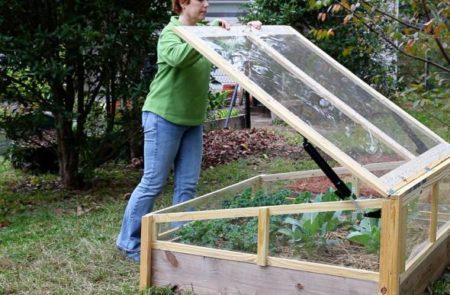 If you do not want or do not have the opportunity to grow seedlings at home, and then look for a way to transport it to a summer cottage, build a smart nursery-composter. Plants will receive the maximum amount of nutrients and enough light. Planting crops can already be done with the first spring heat.
If you do not want or do not have the opportunity to grow seedlings at home, and then look for a way to transport it to a summer cottage, build a smart nursery-composter. Plants will receive the maximum amount of nutrients and enough light. Planting crops can already be done with the first spring heat.
The only drawback of the nursery-compost is the time spent on its construction. If you build a reliable structure, then the next 10 seasons you will not have to worry about where to plant seedlings for a garden or flower garden. With proper care, the device will last a long time.
Tools and materials
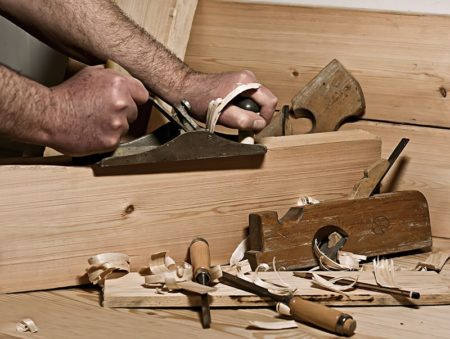 One of the most reliable materials for the frame is a metal pipe profile. It has a high level of strength, is resistant to humidity and temperature extremes, is able to withstand high loads. You can also build a skeleton of wood. Remember that rotting organics will affect metal or wood. Therefore, it is necessary to provide effective means to protect materials.
One of the most reliable materials for the frame is a metal pipe profile. It has a high level of strength, is resistant to humidity and temperature extremes, is able to withstand high loads. You can also build a skeleton of wood. Remember that rotting organics will affect metal or wood. Therefore, it is necessary to provide effective means to protect materials.
A convenient design of the nursery compost is a device with a single or gable roof. For the frame, prepare a pipe profile with a square or rectangular section or a wooden block.
For example, to assemble a single-slope structure with several compartments, you must:
- 28 m of pipe profile or wooden block from which to make pieces.
|
Number of items |
The length of each segment, m |
|
8 |
2 |
|
2 |
0,8 |
|
6 |
0,64 |
|
3 |
0,4 |
|
3 |
0,2 |
|
5 |
0,82 |
- To cover the box for the compost box, you need boards with a thickness of at least 1 cm. To assemble the box, you need to prepare 8 boards of 2 m and 8 boards of 0.8 m for the side walls.
- To sew up the upper part of the nursery, prepare cellular polycarbonate with a total area of at least 4 square meters. m. Cut the pieces with a hacksaw or scissors.
|
Number of items |
Sizes of a piece, m |
|
1 PC. for longitudinal back wall |
2.1 x 1.0 |
|
1 PC. for cover |
2.0 x 0.45 |
|
1 PC. for longitudinal front wall |
2.1 x 0.25 |
|
2 pcs. for sewing ends in the form of a trapezoid |
0.85 x 0.45 x 0.25 |
- Door hinges for attaching the cover - at least 2 pcs. to each compartment.
- Fasteners - nails, screws, screws with washers and rubber gaskets.
To build a mobile structure, prepare 4 or more wheels that should be fixed at the bottom of the box. For the construction process, you need a hacksaw, a hammer or a screwdriver, a Bulgarian construction tape measure.
Assembly of nursery compost
Before construction, select a site where you will collect organic waste and grow seedlings. It is better to choose a territory that is closed from drafts, with adequate lighting. You should not build a nursery near an apartment building, under trees or near farm buildings. Make sure that the source for irrigation is in close proximity to the structure.
Compost nursery is collected in the following order:
- Assembly of a frame for a compost box and a mini-greenhouse in the form of a gable roof. Pipe profiles or wooden blocks are fixed with the help of corners, screws or welding.
- Sewing a drawer with boards or other material.
- Sheathing of a nursery with polycarbonate or polyethylene. The side ends can also be sewn up completely with boards, plywood or metal.
- Installing the polycarbonate cover on the hinges.
Make the design in advance. You can build a compost box in the autumn or at the end of summer, which you will fill with organic waste, and leave it to overheat until spring. And with the advent of heat to build the upper part of the greenhouse.
For a gable structure, you will need to build side walls in the form of pentagons, install a long crossbar on the tops, on which to fix the covers that open on both sides. For such a structure, compost nursery can be made wider.
Compost and fertile soil
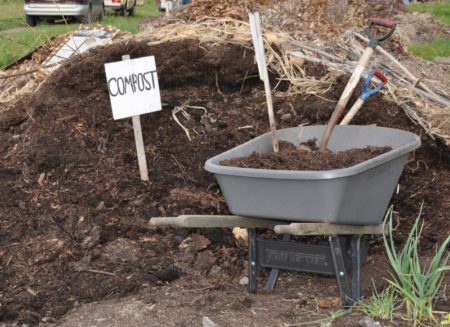 Any organics from your garden, kitchen garden or home is suitable as compost. This can be tops, leaves, newsprint, leftovers, spoiled vegetables, slips, peat, manure. All decaying waste can be stacked in compost, which after growing seedlings you can place on beds. Compost is a complete organic fertilizer rich in potassium, phosphorus and nitrogen. You can’t place pet feces, glossy paper, products containing preservatives or dyes in the compost bookmark.
Any organics from your garden, kitchen garden or home is suitable as compost. This can be tops, leaves, newsprint, leftovers, spoiled vegetables, slips, peat, manure. All decaying waste can be stacked in compost, which after growing seedlings you can place on beds. Compost is a complete organic fertilizer rich in potassium, phosphorus and nitrogen. You can’t place pet feces, glossy paper, products containing preservatives or dyes in the compost bookmark.
In spring, after snow melts over rotting compost, it is necessary to organize a fertile seedling soil. Knead a large capacity of the following components:
- 60% of garden land;
- 5% wood ash;
- 10% peat;
- 25% of rotted mullein, horse manure or bird droppings.
All ingredients must be thoroughly mixed and poured with a layer of a thickness of at least 10-15 cm. This is enough for the seedlings to develop a powerful root system and get enough nutrients. Soil, in which you will do the sowing, will be heated by compost rotting in the lower compartment.
How to care and maintain compost nurseries
Planting seedlings must be done with the onset of stable heat. Before sowing the seeds, it is recommended to pickle and soak in a fungicide solution. This will protect plants from fungal diseases after planting seedlings in open ground or greenhouses.
Sprouts need to be regularly watered and aired.If you are not able to constantly monitor the state of seedlings, install automatic systems. In order for the compost companions with the greenhouse to open independently for ventilation, install a temperature sensor with a drive inside the structure. As soon as the temperature inside the structure rises, the mechanism for opening the lid will work.
For automatic irrigation, build a device using conventional medical droppers. To do this, extend the hose from the water cubic located near the nursery on an elevation and attach the droppers. Open a small pressure of water. Water with a drip feed will evenly moisten the earth, and create favorable conditions for the growth of seedlings.
In the compost nursery you can prepare strong and healthy seedlings of any varieties and types. After planting the culture, the device can be used to obtain a quick and environmentally friendly crop of parsley, onions, lettuce, sorrel. During the summer, you can make at least 3 plantings of greens for your table in the design. In the fall, land with compost can be sent to the beds, and a new portion of compost can be loaded into the box.

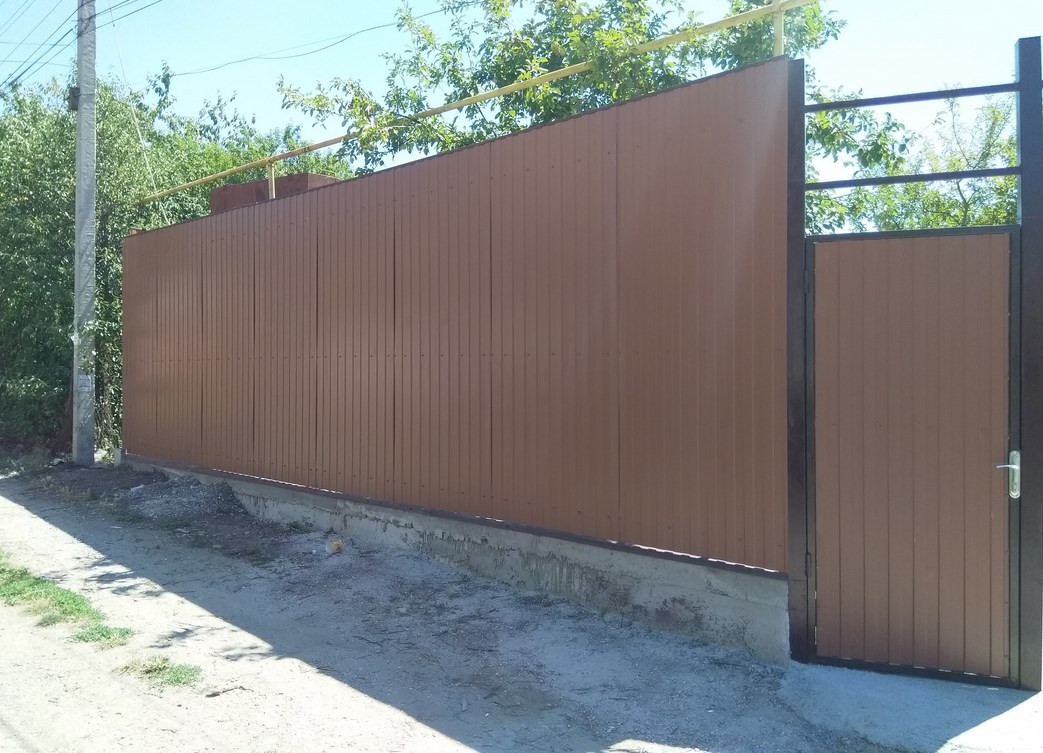
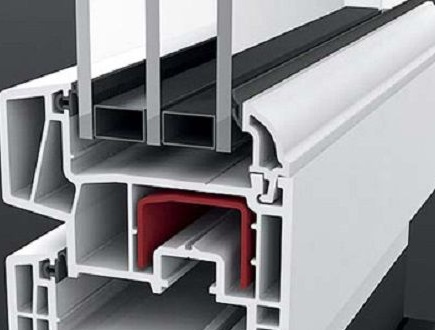
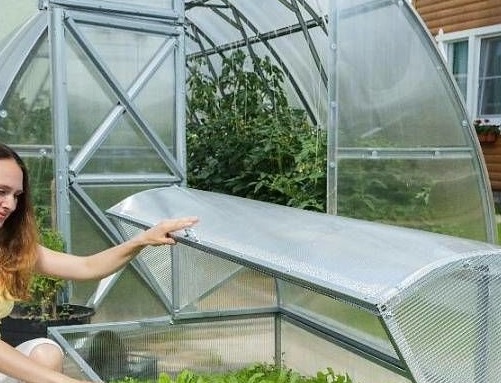
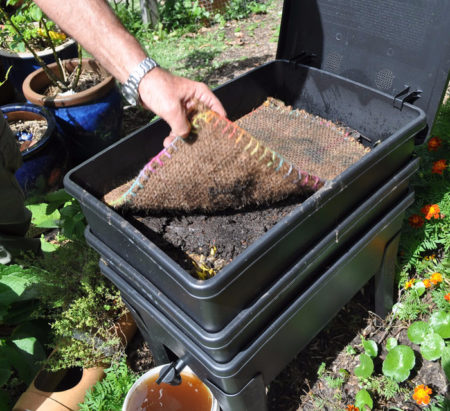
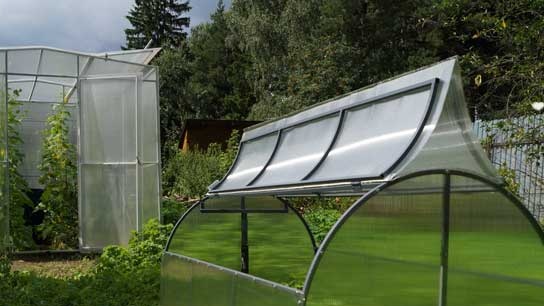 Why is a greenhouse open top?
Why is a greenhouse open top?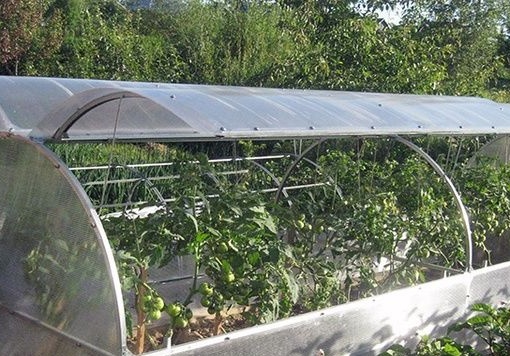 Greenhouse "Butterfly", is it worth it?
Greenhouse "Butterfly", is it worth it?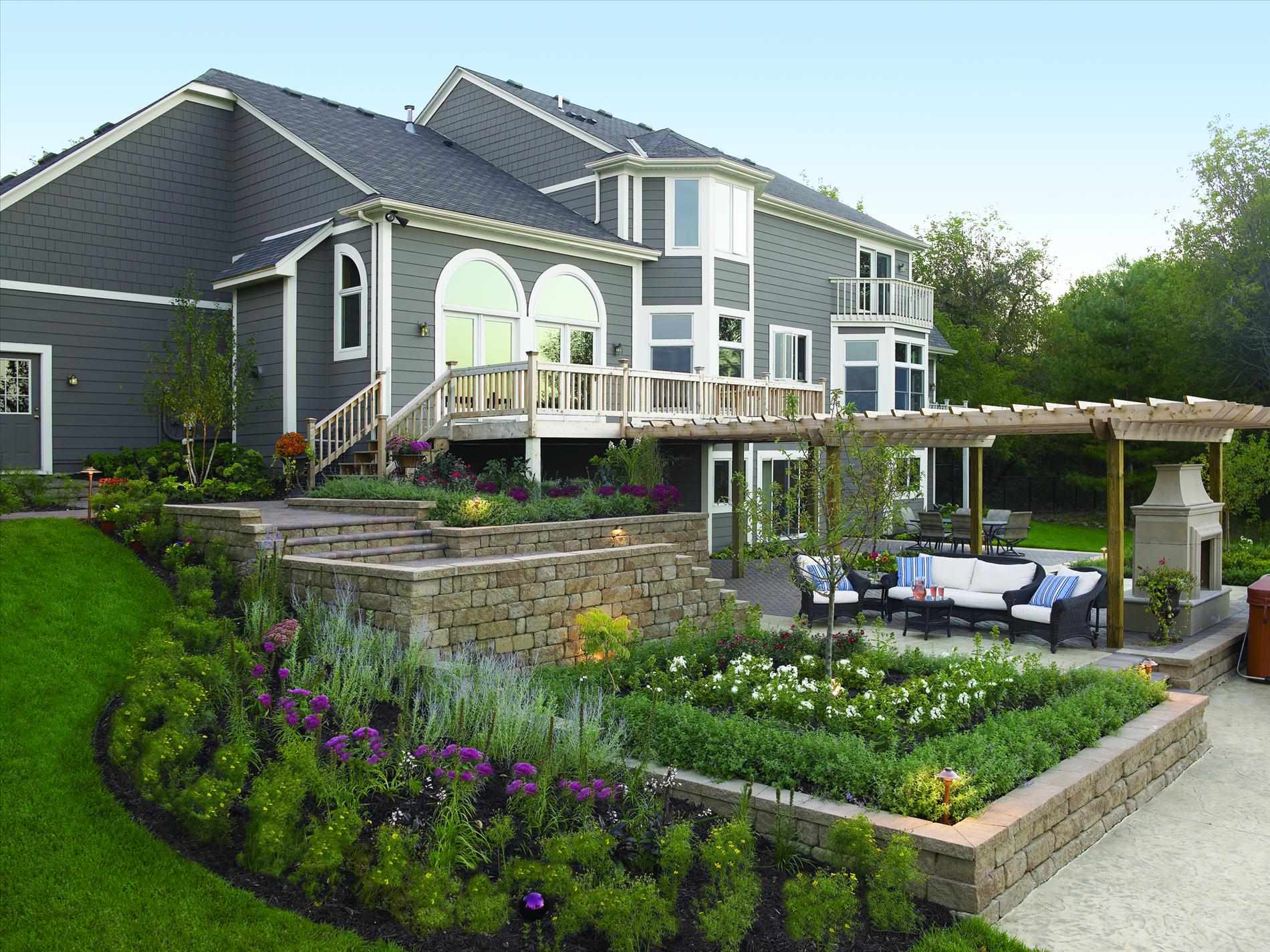 Do-it-yourself landscaping of an area of 8 acres: features of planning and zoning
Do-it-yourself landscaping of an area of 8 acres: features of planning and zoning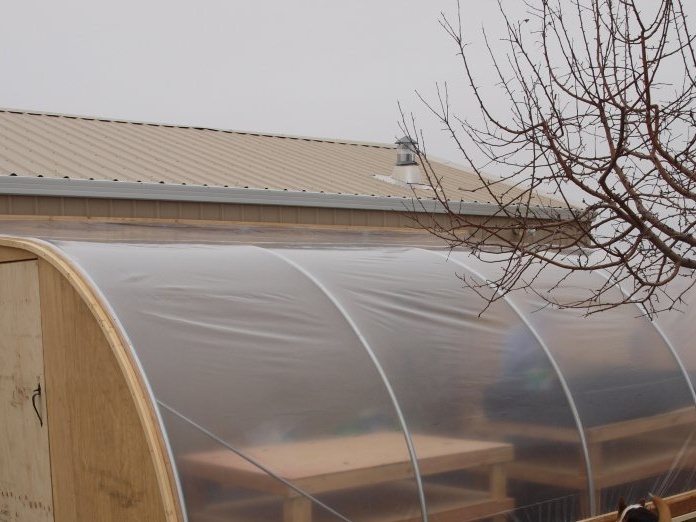 Shed greenhouse, pros and cons
Shed greenhouse, pros and cons